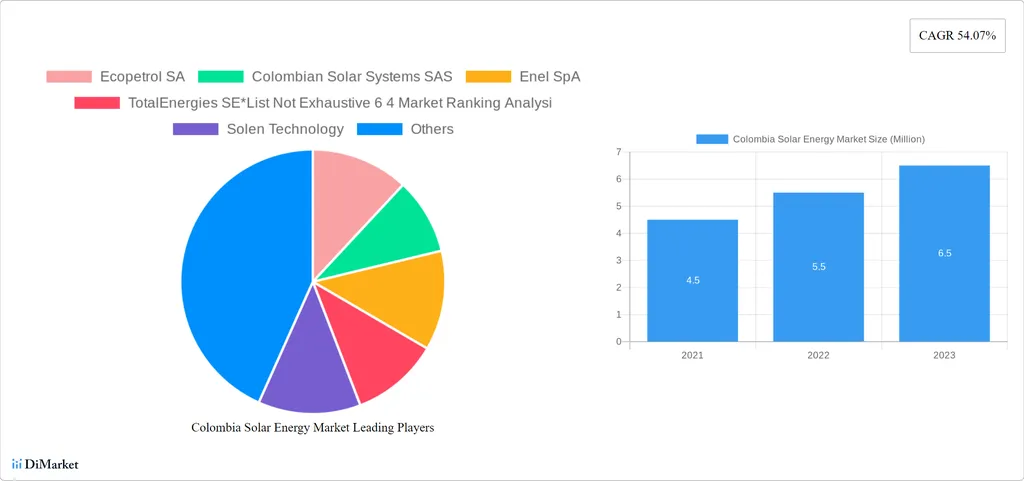Colombia’s recent energy infrastructure developments in the first quarter of 2025 signal a strategic shift that could reshape the country’s energy market and influence regional trends. The addition of 17 new projects, with a clear emphasis on solar power, underscores a deliberate move towards renewable energy while maintaining a pragmatic approach to energy security through thermal generation.
The dominance of solar projects—13 out of 16 new generation initiatives—reflects a global trend but also highlights Colombia’s unique advantages. Solar energy’s lower operating costs, affordability, and alignment with climate goals make it an attractive option for developers. The inclusion of both distributed generation and large-scale solar autogenerators demonstrates a balanced approach, catering to local energy needs while contributing to the national grid. This could spur further investment in solar technology, potentially making Colombia a regional leader in renewable energy adoption.
The continued investment in thermal generation, though smaller in scale, is a critical component of Colombia’s energy strategy. Thermal plants provide the reliability and flexibility needed to balance the grid, especially as renewable energy sources like solar and wind become more prevalent. This dual approach could attract investors looking for stable returns, as thermal plants can operate independently of weather conditions and provide a steady baseload power supply.
The growth of distributed generation is particularly noteworthy. By empowering communities with local energy production, Colombia is fostering energy independence and resilience. This decentralized model could reduce transmission losses and enhance system reliability, making the energy market more robust and less vulnerable to centralized failures. The economic benefits, including job creation and stable income for property owners, could further stimulate local economies and encourage more communities to adopt distributed generation.
The upgrade of the Pitalito substation is a reminder of the critical role transmission infrastructure plays in supporting generation projects. As more solar and other renewable projects come online, upgrades like these will be essential to ensure that electricity can be efficiently transported to consumers. This could open up new opportunities for infrastructure developers and investors, as the need for modernized and expanded transmission networks becomes more apparent.
Looking ahead, the 62 additional projects in testing status suggest a robust pipeline for future capacity growth. This could attract significant investment and create a competitive market for energy developers, technology providers, and service companies. The focus on renewable energy and distributed generation could also drive innovation in energy storage and grid management technologies, further enhancing Colombia’s energy sector.
In conclusion, Colombia’s energy developments in the first quarter of 2025 are not just about adding new capacity; they represent a strategic shift towards a more sustainable, resilient, and decentralized energy system. This could position Colombia as a model for other countries in the region, showcasing how a balanced approach to renewable and thermal generation, combined with robust transmission infrastructure and distributed generation, can drive energy security and economic growth. The implications for the energy market are significant, with potential for increased investment, job creation, and technological innovation, all contributing to a more sustainable energy future.

